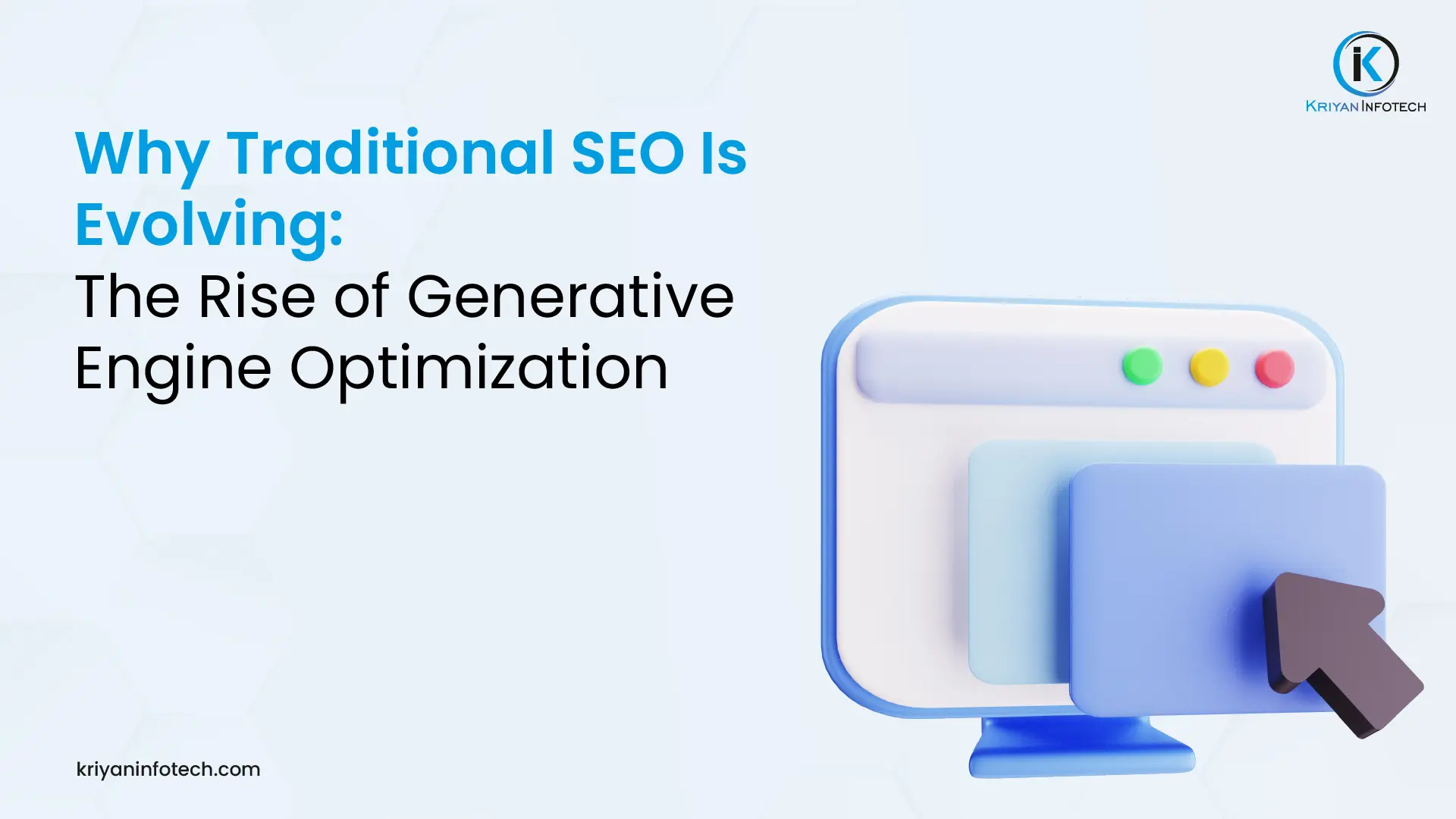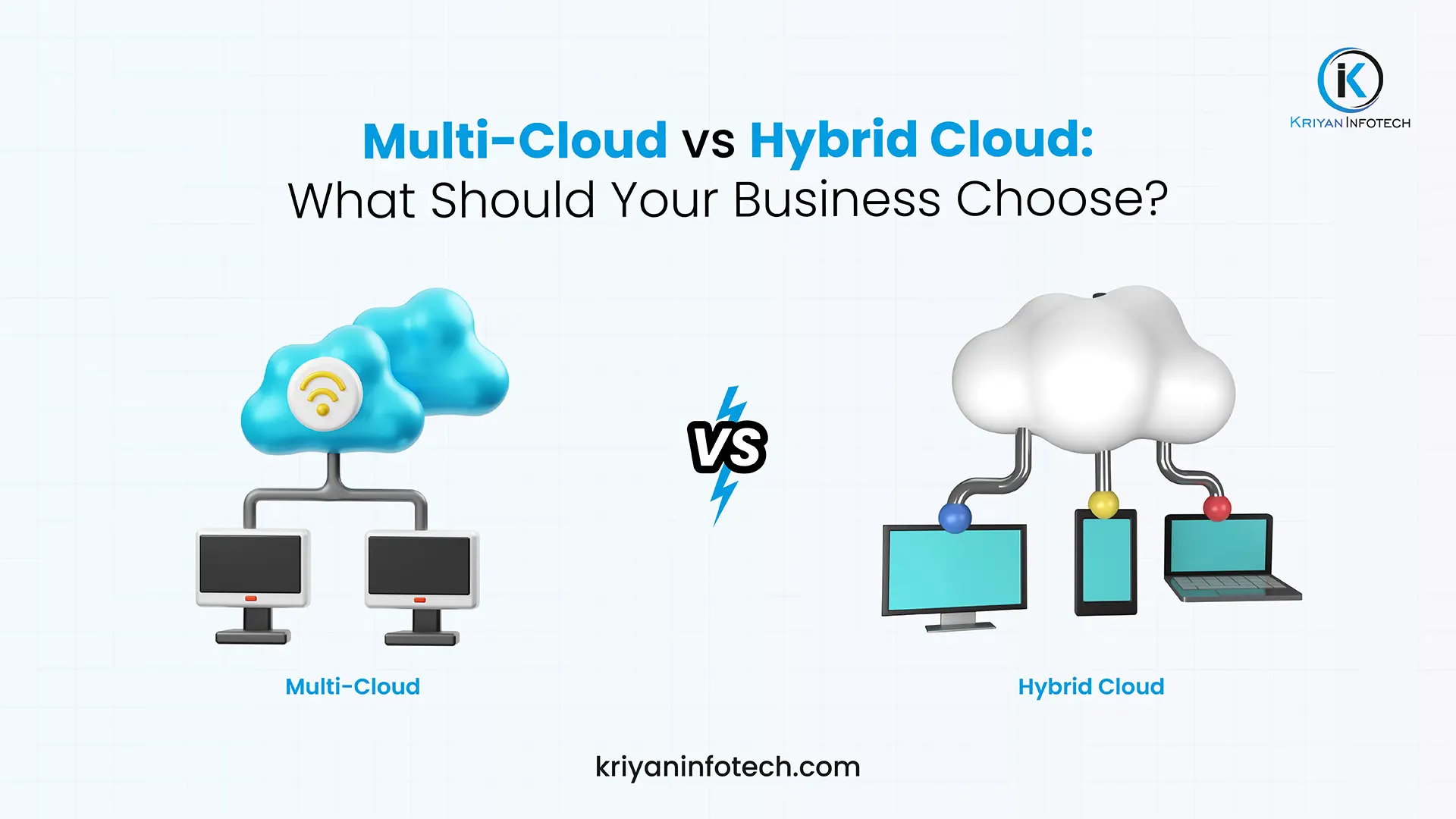
10 Tips To Boost The Success Of Your E-Commerce Store Through The Use Of SEO
- 1. Introduction
- 2. Conduct Keyword Research Effectively
- 3. Do the Product Page Optimization
- 4. Leverage Content Writing Skills for Booming
- 5. Lessen the Page Load Time and Optimize the Site
- 6. Properly Conduct Mobile SEO
- 7. Engage in Effective Backlinking
- 8. Focus on Local SEO
- 9. User Experience Enhancement
- 10. Operate Accurate Technical SEO
- 11. Leverage Tracking and Data Analysis Tools
- 12. Conclusion
Introduction
The e-commerce industry is experiencing significant growth globally, particularly in light of technological advancements. Subsequently, the global pandemic precipitated widespread disruption and necessitated the adoption of distant modalities for doing various functions. Consequently, a substantial influx of eCommerce enterprises emerged. Likewise, the need to boost the success of your e-commerce store has become more important than ever.
The viability of an eCommerce enterprise is heavily contingent upon the implementation of effective search engine optimization strategies. Regardless of the quality of your items, if your firm does not appear on the Search Engine Result Page (SERP), it might be considered unsuccessful.
This article aims to explore 10 tips to boost the success of your e-commerce store through the use of SEO
1. Conduct Keyword Research Effectively
The SEO strategy for any niche, business, or platform begins with researching the relevant keywords. Once the right keywords are identified, targeting the right people becomes easier:
- You can use tools to do your research, such as SEMrush, Ahref, Moz, UberSuggest, Google Keyword Planner, etc.These tools will help you understand the overall scenario of your keywords like volume, competition, variations, etc.
- You should begin by targeting those keywords that are less competitive so that you have a higher chance of getting your page ranked. For this choose long-tail keywords.
- Always consider the user intent regarding a particular keyword. If the intent is not clarified, it will not be possible for the content writer to set the tonality of writing, which we will discuss in the later section of this blog.
2. Do the Product Page Optimization
Once the keywords are selected after thorough research, move forward with optimizing every page of your product by following the guidelines below:
- Insert the primary keyword in the product titles (that is H1), meta titles, and descriptions.
- Make sure to use the variations in your keyword to avoid black hat SEO (keyword stuffing).
- The product images should be clear and of high quality with alt text written relevantly.
- Provide structured data or schema markup. This helps the search engine crawlers to understand your product’s context.
3. Leverage Content Writing Skills for Booming
In the marketing segment, contemporary leaders have conceded to the fact that content is king, given that it is written with the user’s intent. The web authority is strengthened through content marketing strategy which subsequently helps in SEO.
- Create a separate section, either in the same website or subdomain or subdirectory, dedicated to content. That content must include guides, blogs, brochures, case studies, and other relevant collateral according to the user’s intent.
- Focus on a problem-solving approach. The primary goal of an e-commerce site will be to sell its product. However, the selling pitch must start with solving the consumer’s problem.
- The content must be original, empathetic, and easily understandable. While researching the keywords, you will also get to know the demographics of your target audience. Based on that content tone can be adjusted.
- Use various platforms for content promotion such as podcasts, email, and social media.
4. Lessen the Page Load Time and Optimize the Site
This is an age where people are searching for instant gratification. They will prefer all the products and services that can be availed sooner than before. Therefore, to prevent a high bounce rate, focus on site speed optimization.
- While maintaining the quality of the images, compress them to lower the load time.
- Remove unwanted CSS and JavaSciprt codes.
- Clear cached data regularly to improve performance.
- Use CDNs (content delivery networks) to help users access the content rapidly based on the location.
5. Properly Conduct Mobile SEO
With the mobile-first indexing strategy of Google, it has been advised to focus purposely and primarily on mobile optimization. The majority of the purchases are made through mobile, either with a web app or a mobile application.
- Consider the web responsiveness. If your website does not have an app then it is important to ensure the web design is adaptable to all the mobile sizes.
- Include mobile-friendly features for example direct call button. It will improve the chances of lead conversion.
- Test your mobile-friendliness through tools available on search engines.
6. Engage in Effective Backlinking
Backlink building is essential to enhance the domain authority. It undertakes a major role in bringing traffic to your website and helps you gain credibility in the market. Some of the guidelines for proper backlinking are given below:
- Collaborate with niche-specific influencers and bloggers and build relationships with them. It can help you attain backlinks regularly.
- Focus on quality link building. One backlink for a high DA website is more relevant than multiple backlinks for unknown portals.
- Focus on writing quality content on your website so that others may automatically use your content to justify the answers on their websites. Organic link building is an important part of SEO strategy.
- Work on guest posting regularly for traffic redirection.
7. Focus on Local SEO
Local SEO is one of the most result-driven SEO strategies for e-commerce website optimization. If you have a physical store available for your e-commerce business, consider doing local SEO through the following steps:
- Go to Google My Business and list your store with appropriate content.
- Inject keywords in the content. Explain your business properly but concisely in the description.
- Provide contact information consistent with the websites and social media platforms.
- Engage your customers to write reviews. The majority of users rely on reading reviews before making an online purchase.
8. User Experience Enhancement
Businesses across the globe have become user-centric. The primary area of concern for any businessman is to sell his product while aligning with the purchasing psychology of his consumers. In the same reign, websites are also built taking into account the feasibility of target users. Find some relevant suggestions below to improve the UX of your e-commerce store:
- Make your site easily navigable. Your users should not have issues switching from one page to another.
- Consistency should be maintained throughout the website. The element, font, typography, theme, etc. must be consistent.
- Provide a search button in the header so that the user can find his desired purchase item instantly.
- The payment gateway should be made seamless and must have multiple options to complete the transaction.
9. Operate Accurate Technical SEO
The technical aspects of your SEO should not be left undone. It substantially contributes to the ranking factors. Find the most relevant and important steps to be undertaken for technically sound SEO strategies:
- Indexing is the foundation of any web page ranking. But for the search engine to easily understand the pages, create XML sitemaps and submit them in the Google search console.
- Conduct thorough research on your website to design an optimized and SEO-friendly URL structure of your website.
- Create a Robot.txt file for the better working of search engines.
10. Leverage Tracking and Data Analysis Tools
It is mandatory for the SEO person to regularly work on data analytics and understand how the pages are performing on the search engines. Collect relevant data and devise strategies for improvement and enhancement. Follow the guidelines below:
- Use Google Search Console to submit sitemaps and understand the performance of each page on the search engine. Learn about the potential threats and broken links. Also, learn which keywords are used to access your products. Based on that work on your next strategy.
- Use Google Analytics to understand user behavior, demographics, and conversions. You can use the data to set KPIs and devise strategies to increase conversions.
- Use the E-Commerce Metrics tool to understand the performance of your overall e-commerce operations. It will also let you know why the cart was abandoned. With that data, you can improve your website performance.
Conclusion
Reach out to us at: marketing@kriyaninfotech.com
Why Traditional SEO Is Evolving: The Rise of Generative Engine Optimization
Introduction Cloud adoption is no longer a competitive...
Multi-Cloud vs Hybrid Cloud: What Should Your Business Choose?
Introduction Cloud adoption is no longer a competitive...
The Role of UI/UX in Building High-Conversion Apps and Websites
Introduction Artificial intelligence is no longer a shiny...



